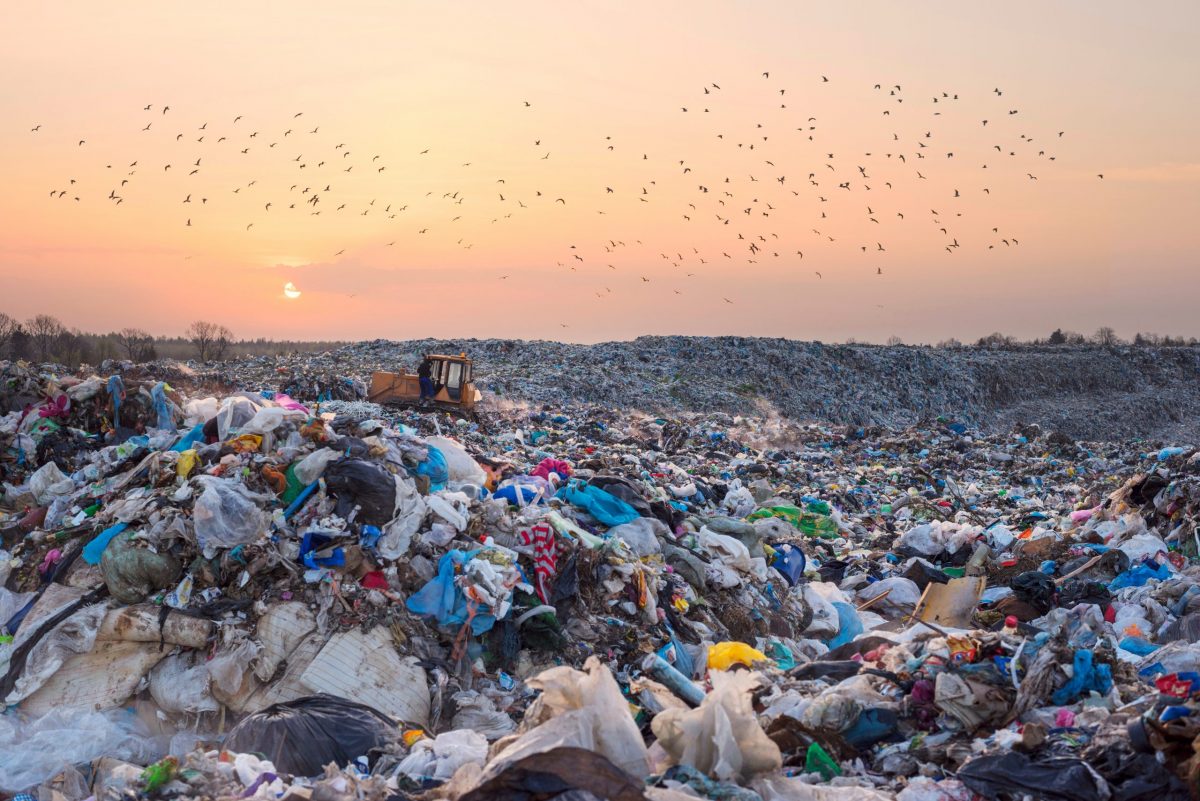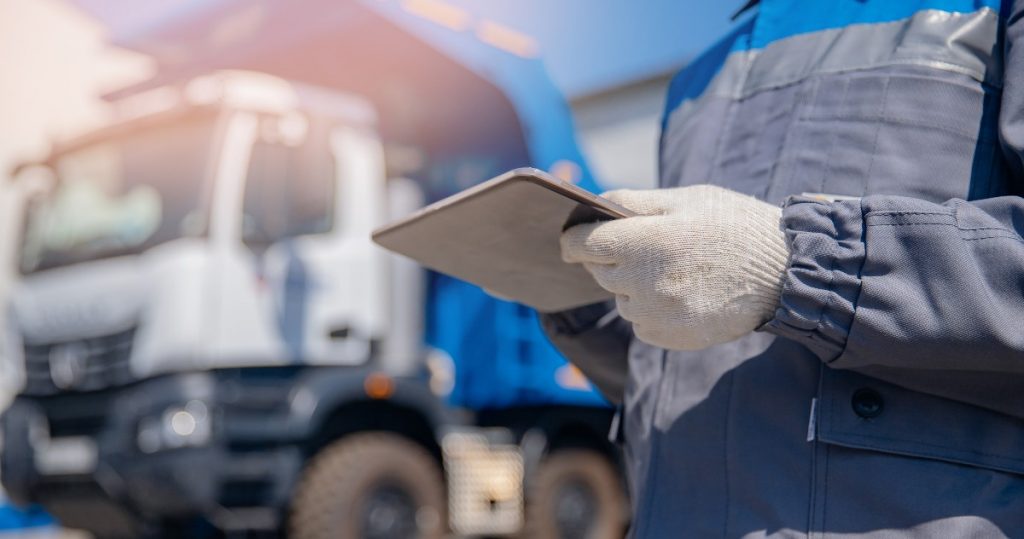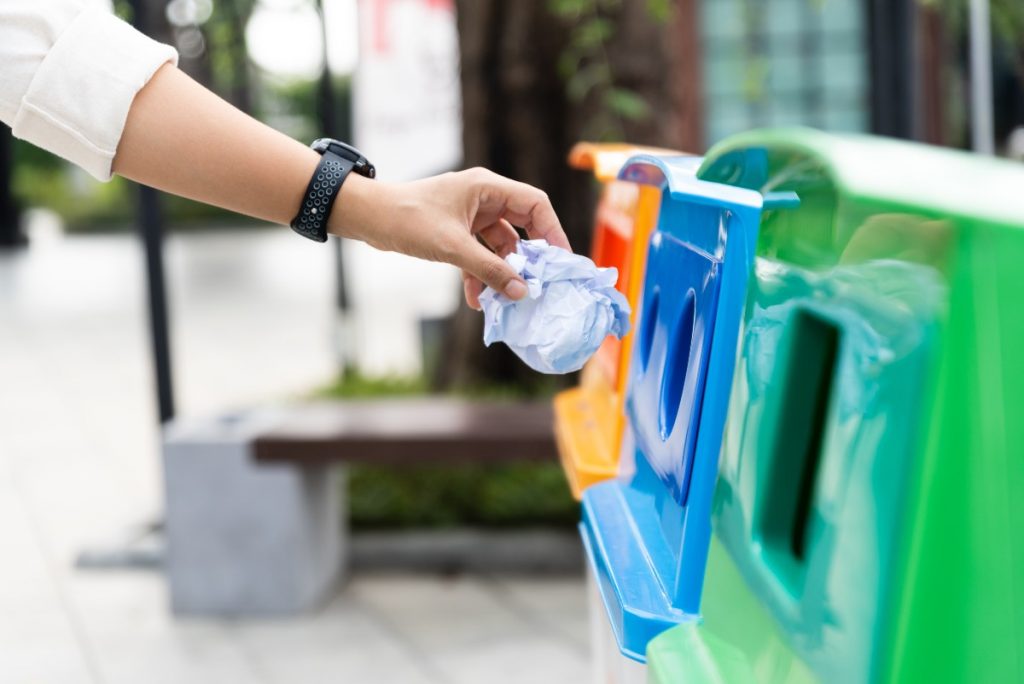The United States produces more than 292 million tons of garbage a year, and you may not know what happens once your waste leaves in bags or containers. But today we will tell you about the path that everything you discard travels.
Every day it is more important to pay attention to the correct ways of treating garbage. Not only because of environmental awareness, but also because technology helps to facilitate processes and ways of doing things.
Who collects the waste?
You know this, but it is worth noting that it is part of the process after the waste is generated in the home or business. The path begins when a company or service collects garbage from the curb of your home or from the garbage service in your business. From there it is taken to a transfer station or landfill.
What are waste transfer stations and what do they do?
The transfer stations are waste reception centers where the waste is conditioned to be transported correctly and safely in containers and specific transport vehicles. The idea is to make the load more compact and in turn this helps to increase the quantities transported on each trip.
Another important task of the transfer stations is the classification of garbage. In these places, recyclables and other materials are separated before being sent to the appropriate destination, which can be a recycling center or a landfill.
These activities help promote the culture of recycling, as well as conserving natural resources when large amounts of garbage are kept away from landfills.
What is the function of landfills?
Landfills, on the other hand, are a waste disposal facility either by underground or surface deposit. Waste that cannot be treated for reuse or recycling goes to these places. This means that they are the last resources in the waste management hierarchy due to the soil contamination they produce.
However, thanks to the era of conservation, modern landfills have been promoted where the garbage is organized in layers with special linings with drainage systems. In this way, they facilitate natural decomposition, reducing pollution, as well as the saturation of landfills.
Regardless of the modernization of waste management systems, the ideal is that you join in avoiding the production of waste. Follow these tips that can help:
1) Reuse. Look for ways to give continuity to each of the things you plan to throw away.
2) Recycle. Find out how to join this initiative in your community.
3) Shop wisely. Avoid impulse purchases and reduce the accumulation of items that will soon go out of style.
5) Give away. Before discarding, think if someone can use what you no longer want.
6) Learn to deal with waste. Some objects, such as batteries, are dangerous and must be disposed of correctly.




